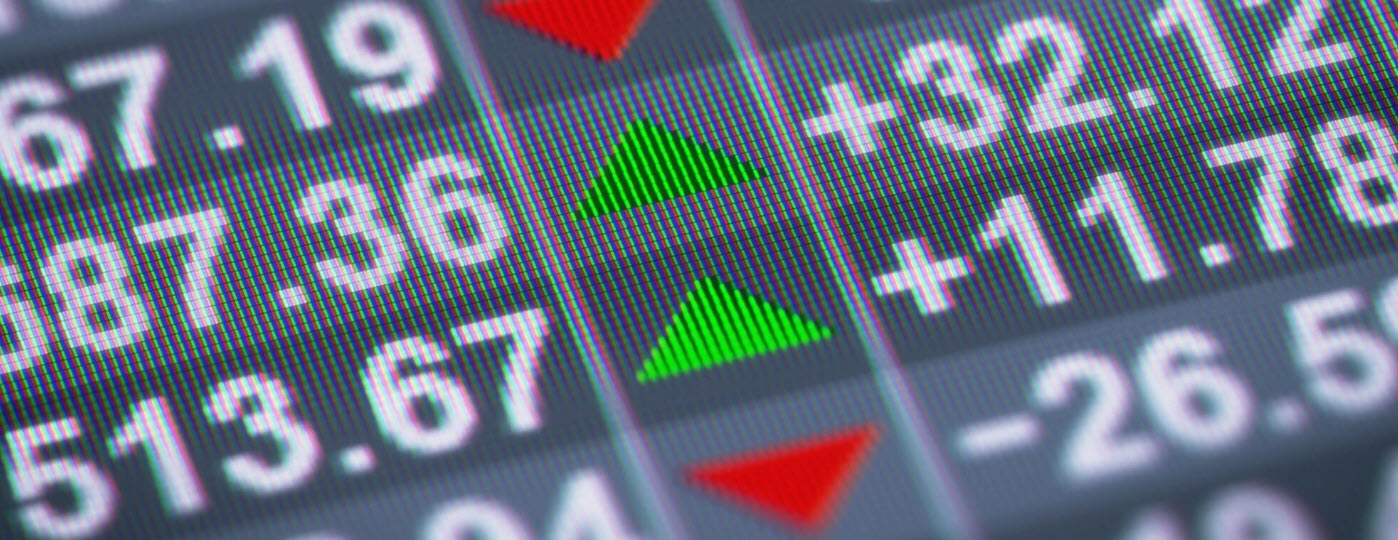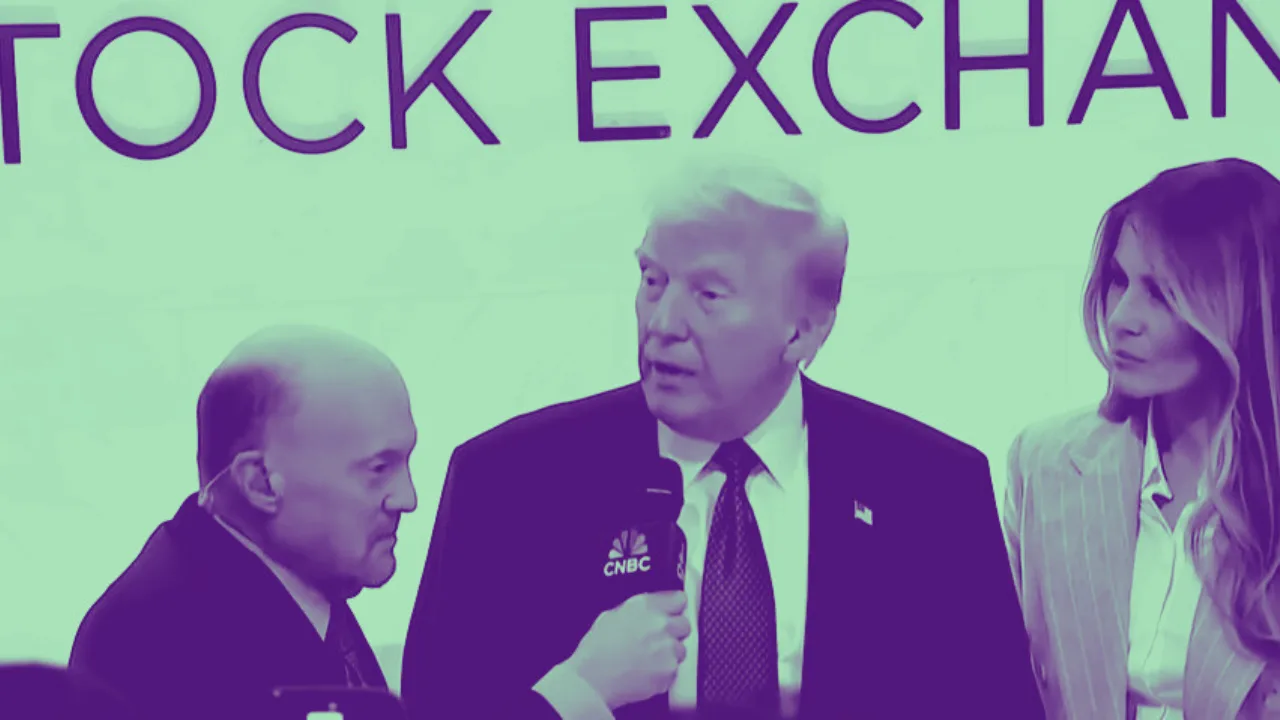Currency fluctuations can reshape the investing landscape, often in ways the average investor underestimates. Over the past five months, the U.S. dollar has fallen significantly—spooked by trade tensions, tariff disputes, and unpredictable economic signals. Yet, with markets hoping for clearer U.S. trade policy under President Trump, there is speculation that the greenback may rebound. So, what should savvy investors do? That depends on how you think the dollar will move next—and we’ve got the historical data to help guide your decision.
Why the U.S. Dollar’s Direction Matters
The U.S. Dollar Index (DXY) tracks the value of the dollar against a basket of global currencies, including the euro, yen, and pound. Movements in this index ripple across asset classes. A strong dollar makes U.S. exports less competitive but boosts consumer purchasing power. A weaker dollar makes U.S. goods cheaper abroad, but it can also trigger inflationary pressures and drive investors toward foreign markets.
For investors, understanding how dollar strength or weakness affects different asset classes is more than trivia—it’s critical to optimize your portfolio.
Study: 40 Years of Market Data Tells a Clear Story
To answer which assets benefit most (and least) from a rising or falling dollar, researchers analyzed over four decades of U.S. Dollar Index data alongside the monthly performance of major asset classes. Here’s what they found.
If the Dollar Weakens, International Stocks Win Big
When the dollar drops, international equities outperform across the board. Why? Two reasons:
- Currency Conversion Gains: Companies earning in euros, yen, or yuan see higher U.S. dollar returns when converted back for U.S.-based investors.
- Boost in Global Competitiveness: U.S. multinational firms and emerging markets often gain an edge when the dollar drops, as their goods become relatively more affordable.
📈 On average, international stocks rose 2.57% per month during periods of dollar weakness.
Compare that to only 0.16% monthly returns when the dollar strengthened—yielding an incredible 2.41 percentage point difference.
U.S. Large-Caps: Still Positive, But Less So
Even large-cap domestic stocks benefit from a weaker dollar, although not as significantly. When the dollar fell, U.S. large-cap equities gained an average of 1.65% per month. When it strengthened, they still rose—just less, by 1.09% on average.
This 0.56 percentage point difference shows that while large caps are more resilient, they still ride the currency wave.
Bond Funds See Modest Boosts with a Weak Dollar
The bond market reflects similar patterns. A declining dollar typically coincides with lower rates or inflation concerns, both of which support bond prices.
- When the dollar weakened, the average bond fund rose 0.71% per month.
- During periods of dollar strength, the same funds rose by only 0.24% per month.
This 0.47-point difference might not sound massive, but in the bond world, it’s meaningful—especially when compounded.
If the Dollar Strengthens, Focus on U.S. Small-Caps
While many asset classes struggle in a strong-dollar environment, U.S. small-cap stocks are the clear exception.
Why? Most small-cap firms operate domestically. That means:
- They’re not hurt by weaker export competitiveness.
- They don’t lose out on currency conversion when bringing foreign revenue home.
📈 When the dollar strengthens, small-cap stocks have historically gained an average of 1.16% per month.
For investors anticipating a dollar rally, small-caps offer the best historical upside.
Avoid Commodity-Focused Stocks in a Strong-Dollar Market
If there’s a loser in this game, it’s commodity-heavy companies.
Because global commodities (like oil, copper, and gold) are priced in U.S. dollars, a strong dollar makes them more expensive for foreign buyers—cutting demand and pricing power.
The data backs this up:
📉 When the dollar strengthens, commodity stocks tend to fall by an average of 0.94% per month.
Energy, mining, and materials sectors often bear the brunt.
Top ETFs to Watch Based on Dollar Trends
If you’re an ETF investor, here’s a shortlist based on dollar movement expectations:
🟢 If You Expect a Weak Dollar:
- iShares MSCI EAFE ETF (EFA) – Developed international stocks
- Vanguard FTSE All-World ex-US ETF (VEU) – Broader international exposure
- iShares MSCI Emerging Markets ETF (EEM) – High growth potential in dollar-sensitive markets
🔵 If You Expect a Strong Dollar:
- iShares Russell 2000 ETF (IWM) – U.S. small-cap exposure
- Vanguard Small-Cap ETF (VB) – Broader small-cap strategy
- Consumer-focused ETFs (such as XLY or XLF) often benefit from stronger purchasing power.
Macroeconomic Triggers for the Dollar Movement
Before placing a bet, remember that currency swings are rarely isolated. Here are the primary triggers that influence the dollar:
- Federal Reserve Policy: Higher interest rates usually attract global capital, strengthening the dollar.
- Trade Deficits and Tariffs: Large deficits or aggressive tariffs can spook foreign investors, weakening the dollar.
- Geopolitical Events: Instability can lead to a stronger dollar if investors flock to safety—or a weaker dollar if U.S. confidence drops.
- Inflation Rates: High inflation often leads to a weaker dollar, whereas low inflation and strong growth tend to support it.
Understanding the macroeconomic backdrop provides context for historical performance trends.
Investment Strategy Recap
To simplify things, here’s a bullet-point cheat sheet for a dollar-based investing strategy:
✅ Bullish on a Weaker Dollar?
- Load up on international stocks
- Consider emerging market exposure
- Keep some bond fund exposure for stability
- Avoid commodity exporters if global demand drops
✅ Bullish on a Stronger Dollar?
- Lean into U.S. small-cap stocks
- Focus on domestic-facing sectors
- Avoid commodity-heavy sectors like energy and mining
- Consider cash-rich or dividend-paying stocks that benefit from rising rates





